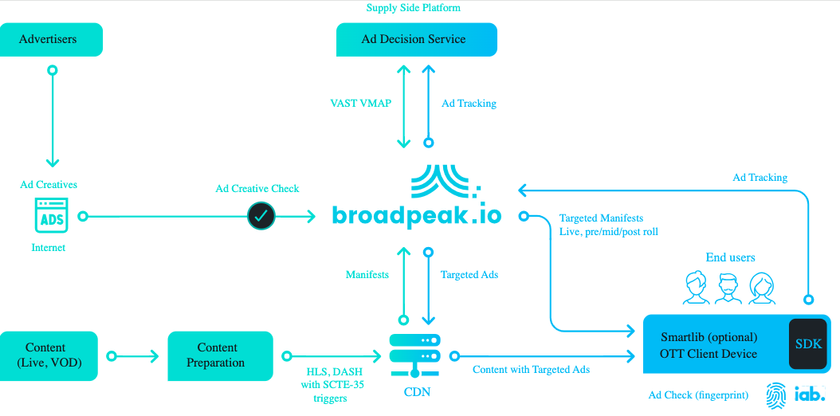FAA Drone Task Force Releases Registration Report
WASHINGTON—Fill out a Web form, get a registration number and mark it on your drone. This was the verdict of the Unmanned Aircraft Systems Registration Task Force Aviation Rulemaking Committee, released today. The Task Force, formed by the Federal Aviation Administration and the Department of Transportation last month, agreed on a simplistic approach in part because that was where the confluence of agreement settled:
“Any registration steps more burdensome than these three simple steps may jeopardize the likelihood of widespread adoption and would undermine the overall registration philosophy that enabled the Task Force to come to consensus,” its report said.
The Task Force was charged with three main objectives: identify which drones need to be registered, how to register them and how to prove certification. Members came together for three days in early November to hammer out the recommendations. The report noted that three days wasn’t sufficient for the Task Force to drill down into how to set up a drone registry and what impact it would have on hobbyists.
Task Force members included Amazon, various pilots groups, robotics makers, consumer electronics representatives and retailers, GoogleX, GoPro, surveyors, the International Association of Police Chiefs and drone makers, including DJI of Shenzhen, Guangdong, China, a “a pioneer in the nascent market for commercial unmanned aircraft,” according to The Economist.
DJI wasn’t all together pumped about drone registration in general.
“We share the concerns of many of the 4,700 people who filed comments that this process was initiated in response to sensational headlines rather than data-based risk assessments, and contradicts the provisions of several federal statutes. Nonetheless, we undertook in good faith the assignment, which was not to argue the law…,” DJI said in a statement.
The Consumer Technology Association—known for 90 years as the Consumer Electronics Association—tiptoed carefully between drone manufacturer agendas and the public safety concerns driving drone registration:
“This is a crucial time for public policy concerning drones,” CTA said in a statement. “For the U.S. to stay competitive, and for drone-related businesses and startups to thrive, we need regulatory as well as non-regulatory solutions that support both safety and innovation. Duplicative or conflicting federal, state and local policies will encumber innovators, confuse the public and limit growth.”
CTA said 400,000 consumer drones would be sold “this holiday season.” Registration would apply to those with a maximum takeoff weight of between 250 grams and 55 pounds, and operated outdoors in National Airspace. The Task Force recommended that registration be free, or “$0.001” if the law requies that the FAA charge. The registry system would pop out a number that owners would mark or affix on their drones, similar FAA “N” numbers for manned aircraft registered in the United States. A second option would be to register the drone by its serial number.
The report includes two-and-a-half pages of math on the velocity, size and probability of a drone falling on someone’s head and killing them. This is how the Task Force concluded that drones 250 grams (a little over half a pound) or less could be excluded from registration. The ground fatality probability of a drone weighing roughly half a pound or less is one for every 20 million hours of flight, or less than those for commercial and general aviation, the report said.
The group reached an uneasy concensus on the 250-gram threshold. Some felt there should be no exemptions, while others said it would diminish the credibiity of the effort to require registration of small drones “generally considered to be in the ‘toy’ category.”
Other recommendations in the report cover what information to collect for registration, drone types, citizenship status, proof of registration and age requirement. The Task Force recommended that owners 13 or older would need to register, and those under 13 would have to be supervised by an adult.
FAA Administrator Michael Huerta thanked the Task Force members for their contribution and said the FAA would take it from there.
“I will work with my team at the FAA to review their recommendations, as well as public comments we received, as we present the recommendations to Secretary [Anthony] Foxx. We will work quickly and flexibly to move toward the next steps for registration,” he said.
See the full report here.
Get the TV Tech Newsletter
The professional video industry's #1 source for news, trends and product and tech information. Sign up below.

FCC’s Carr Warns YouTube TV About “Bias” Against Religious Networks

NDI Releases New Metadata Standards










